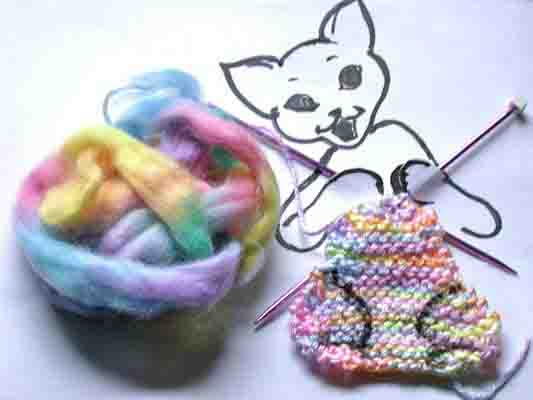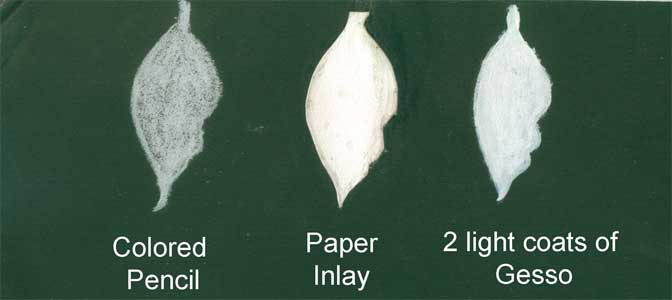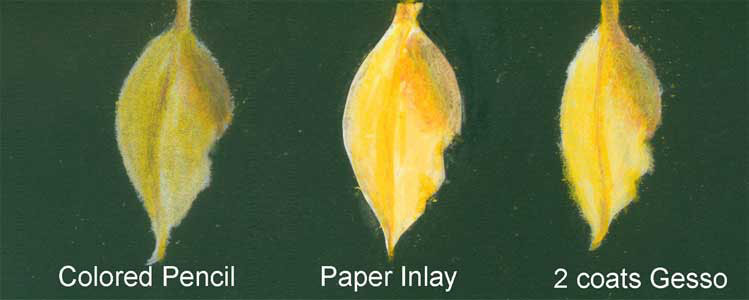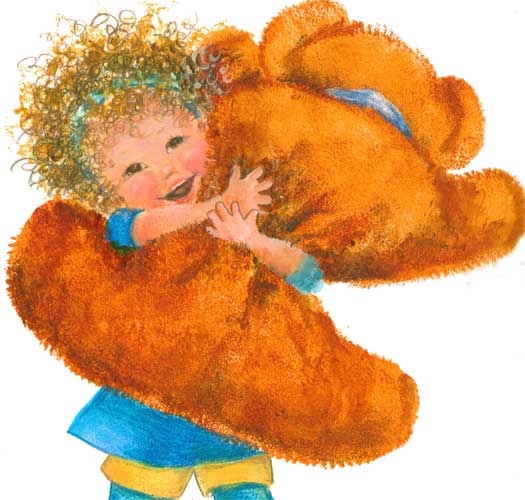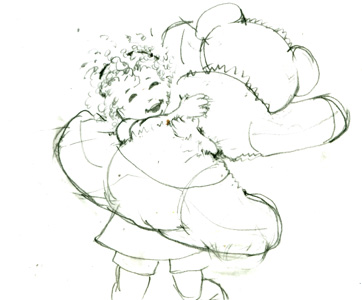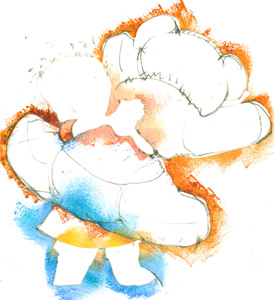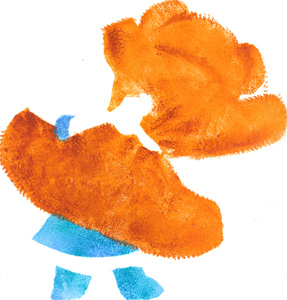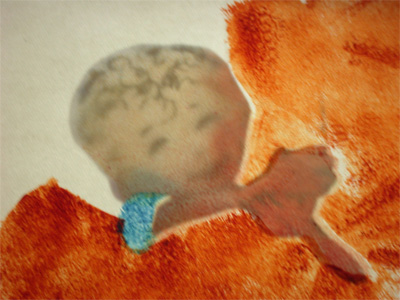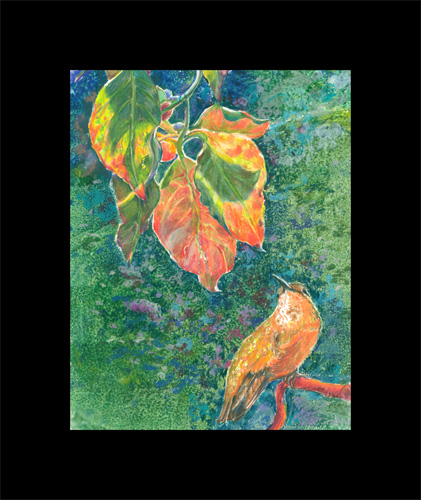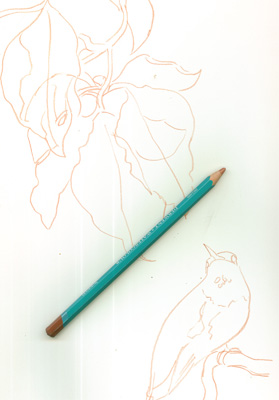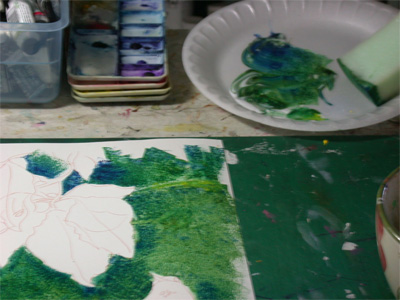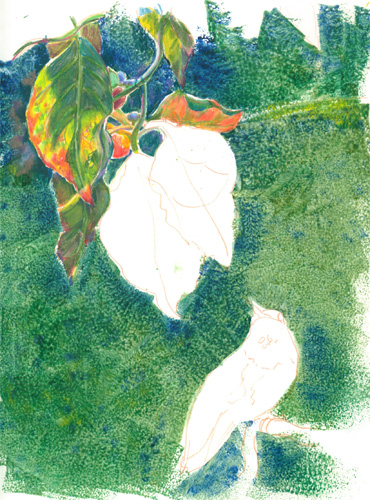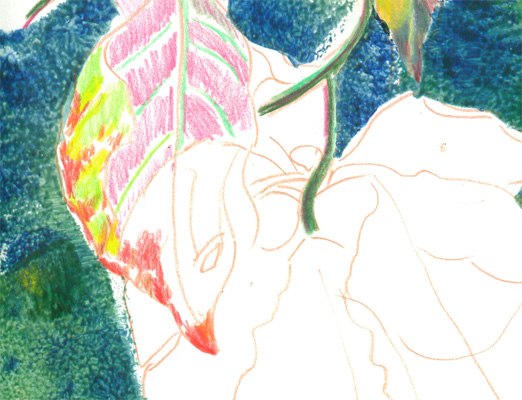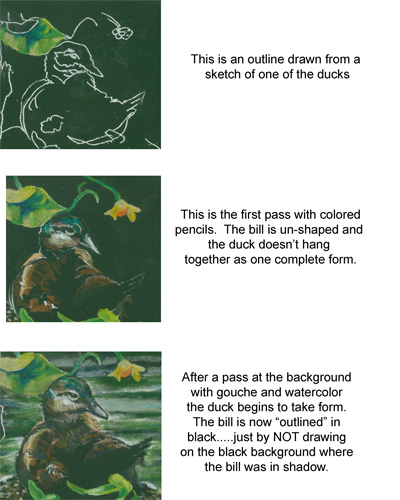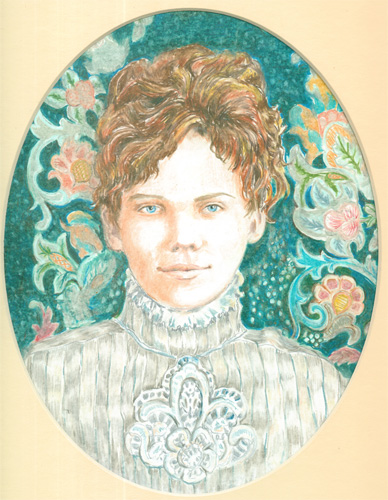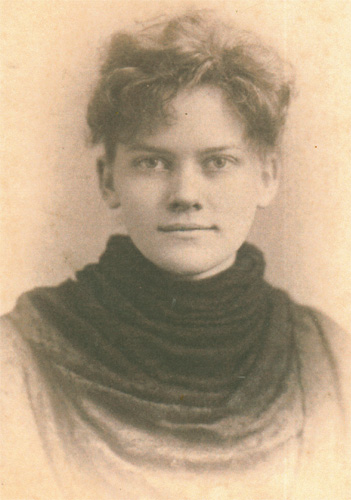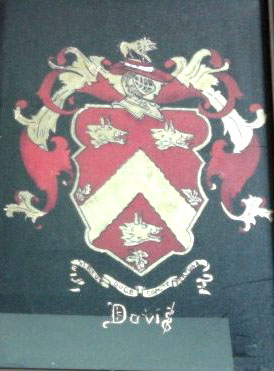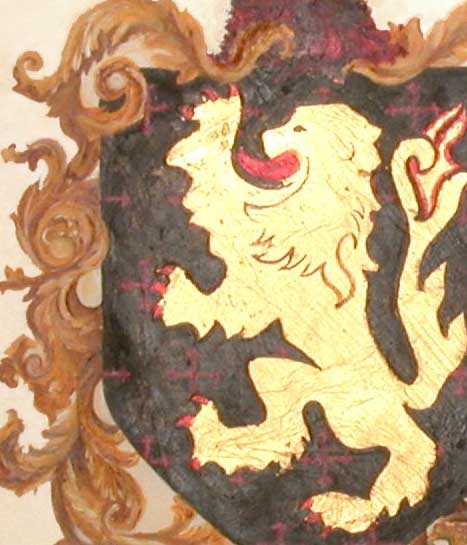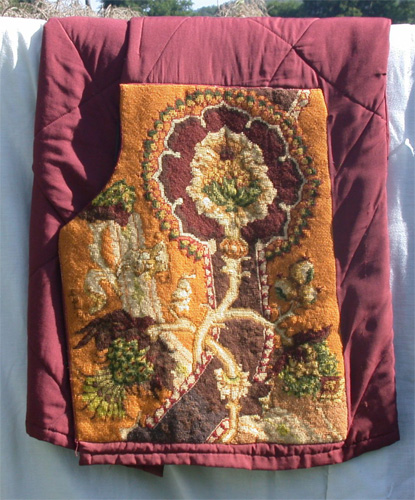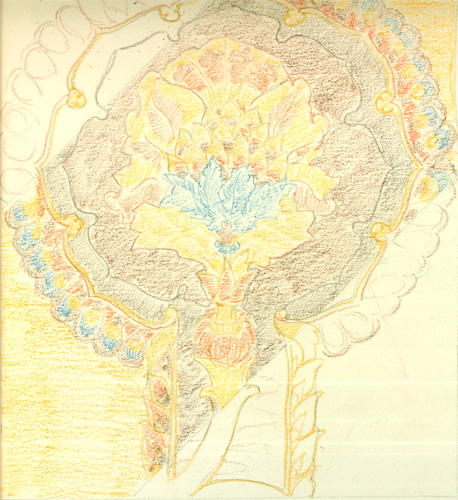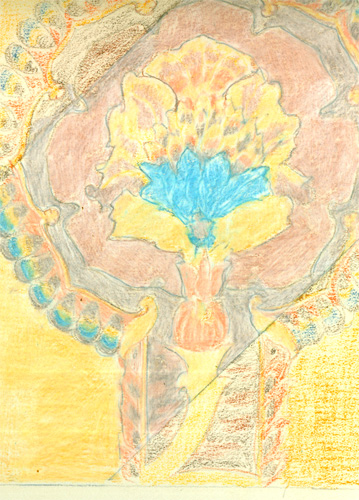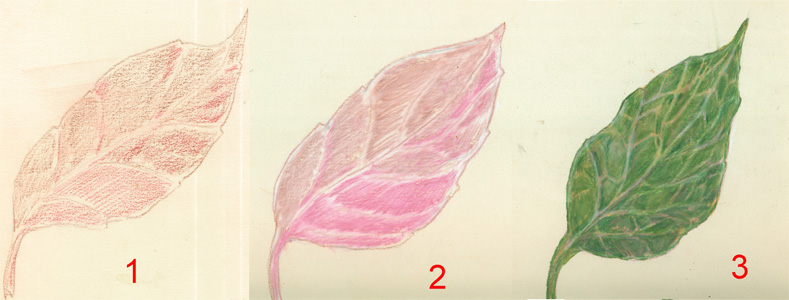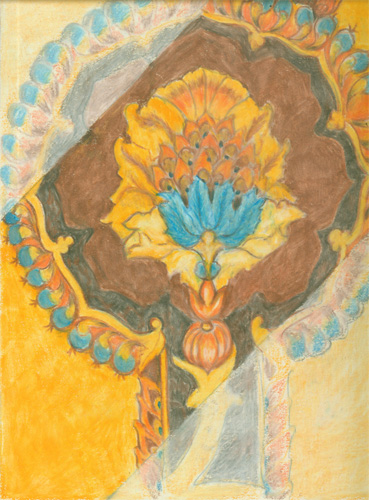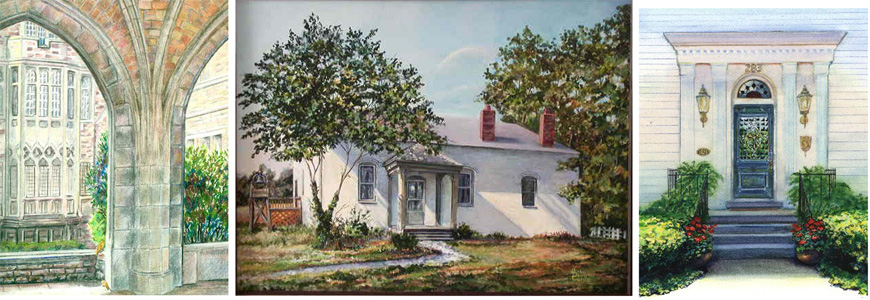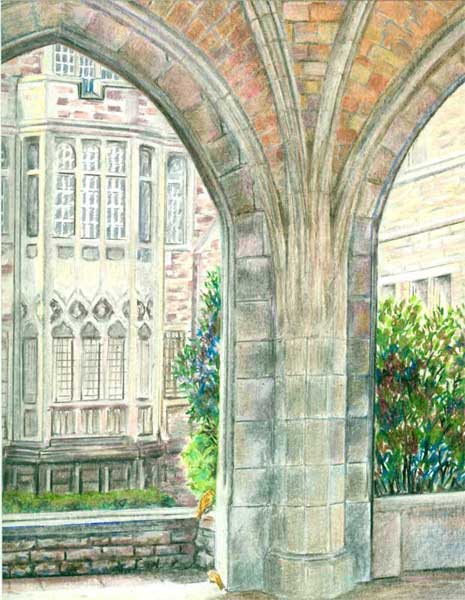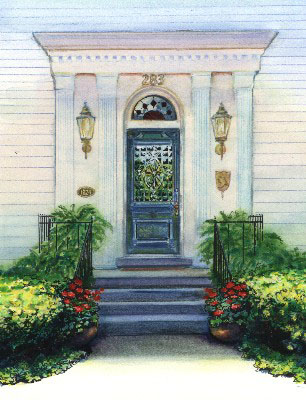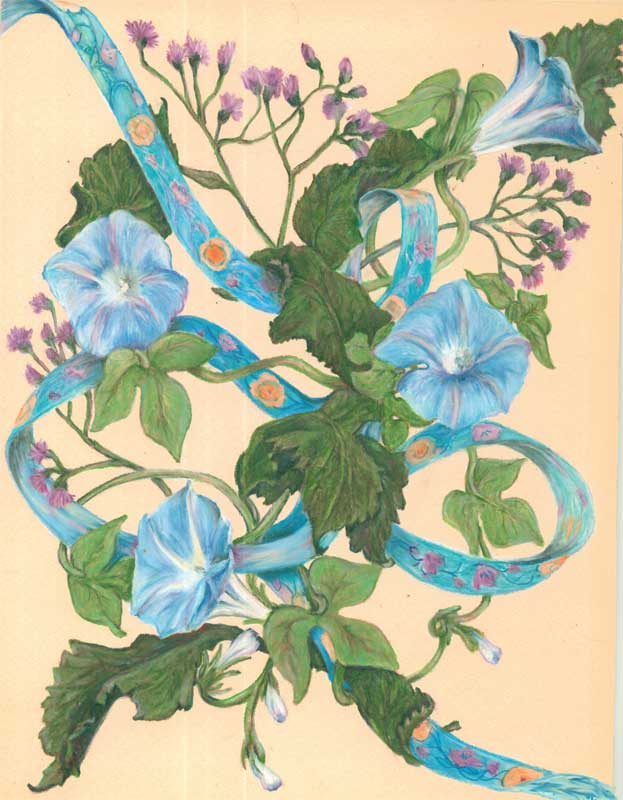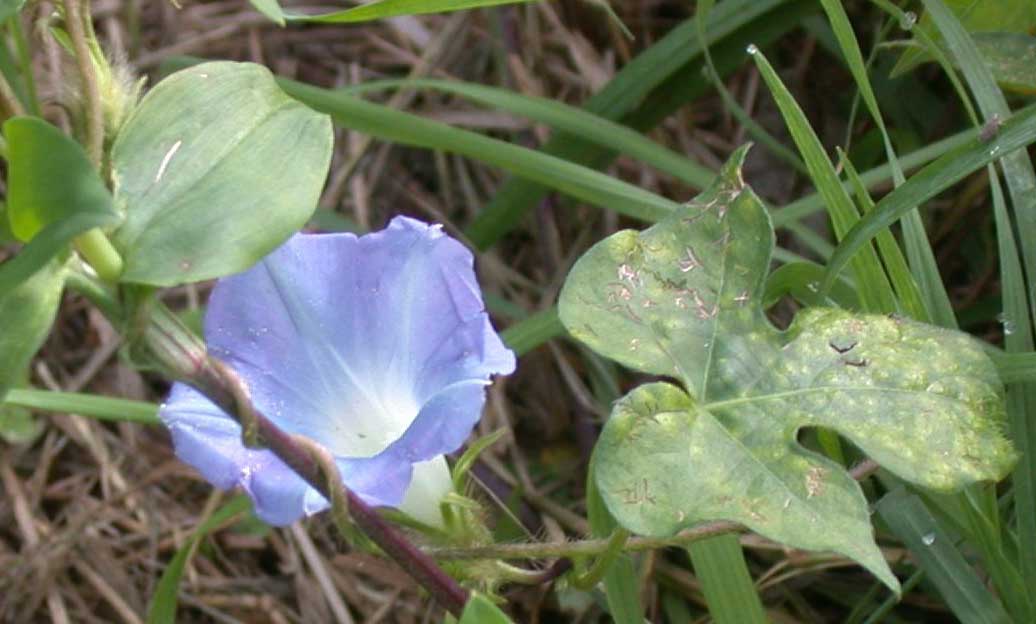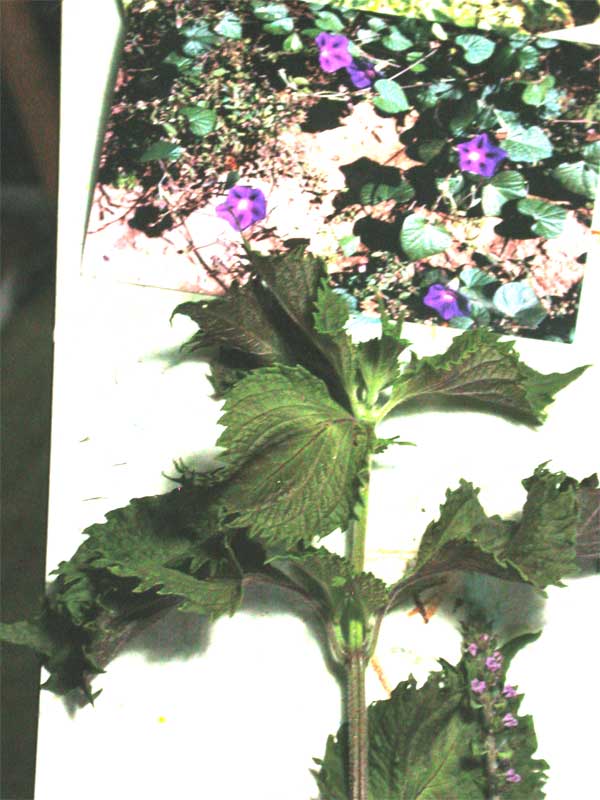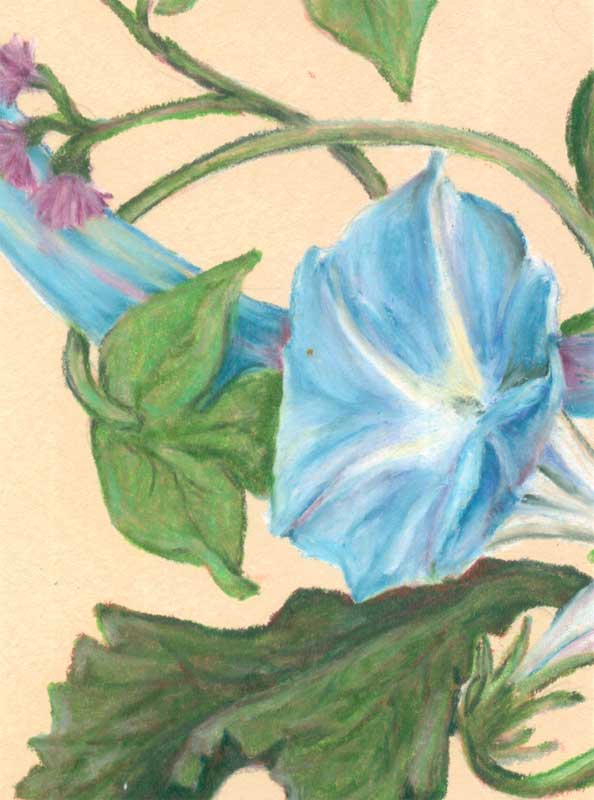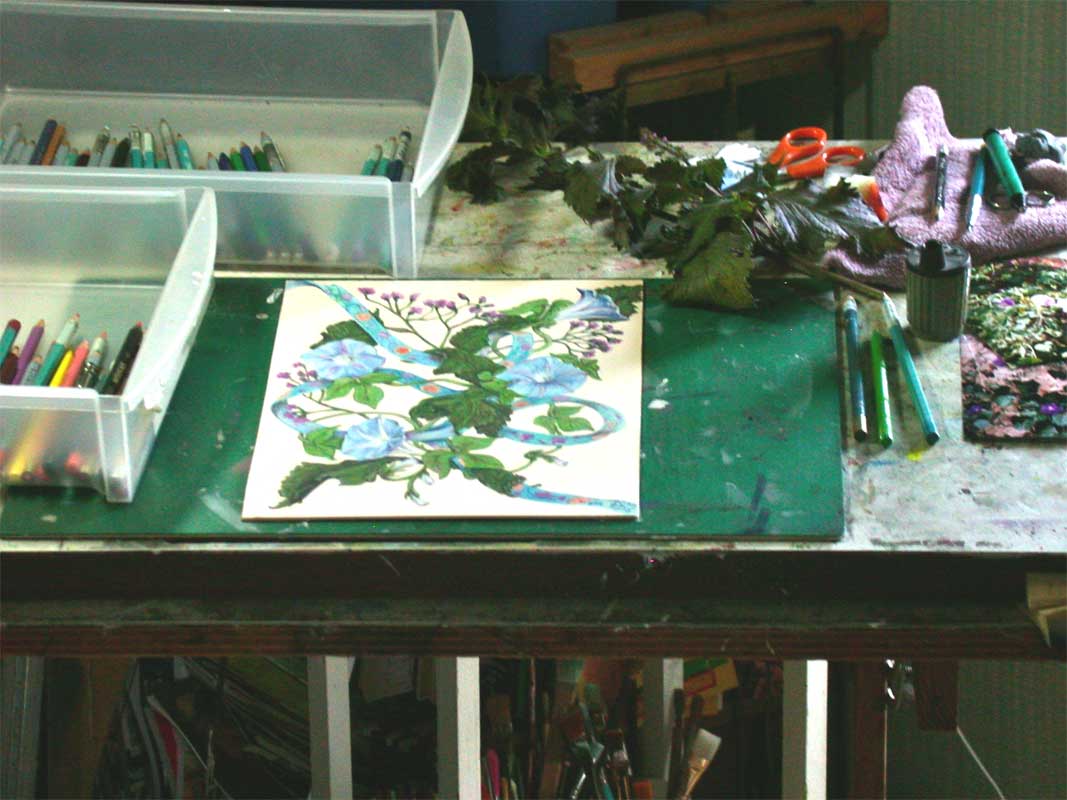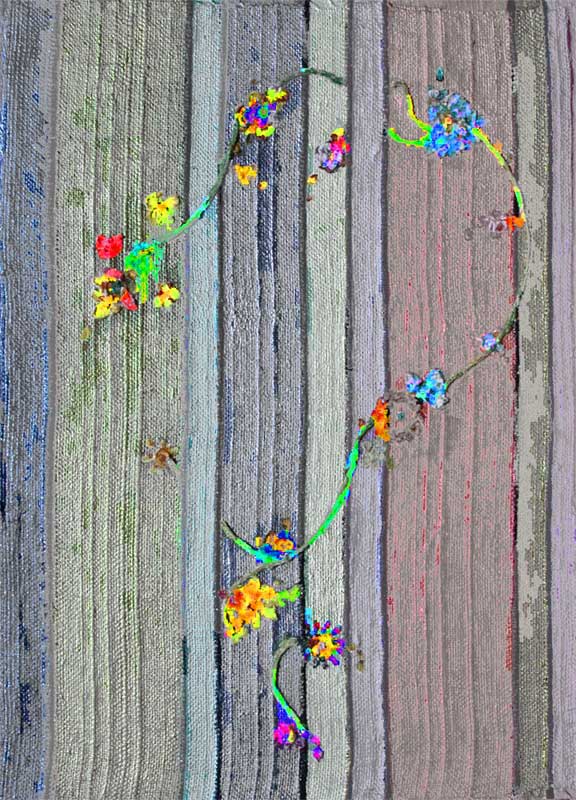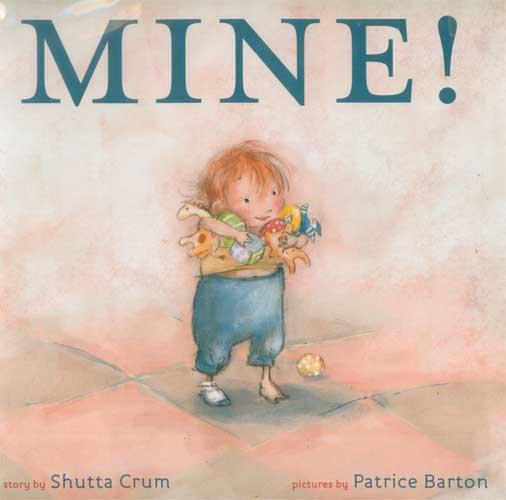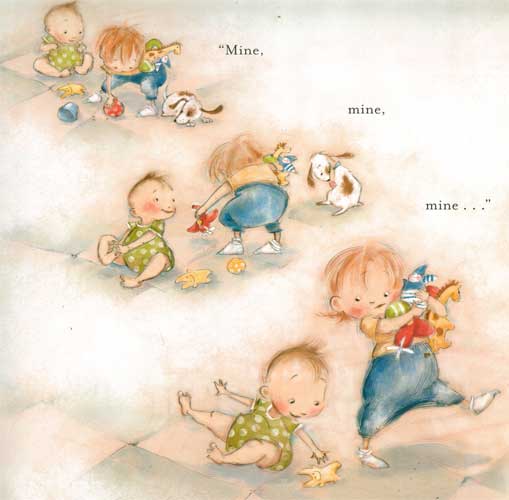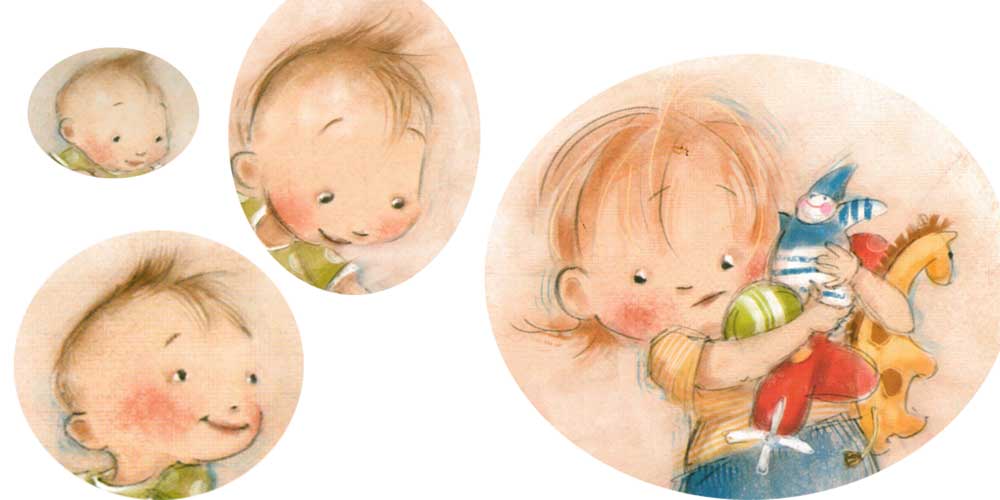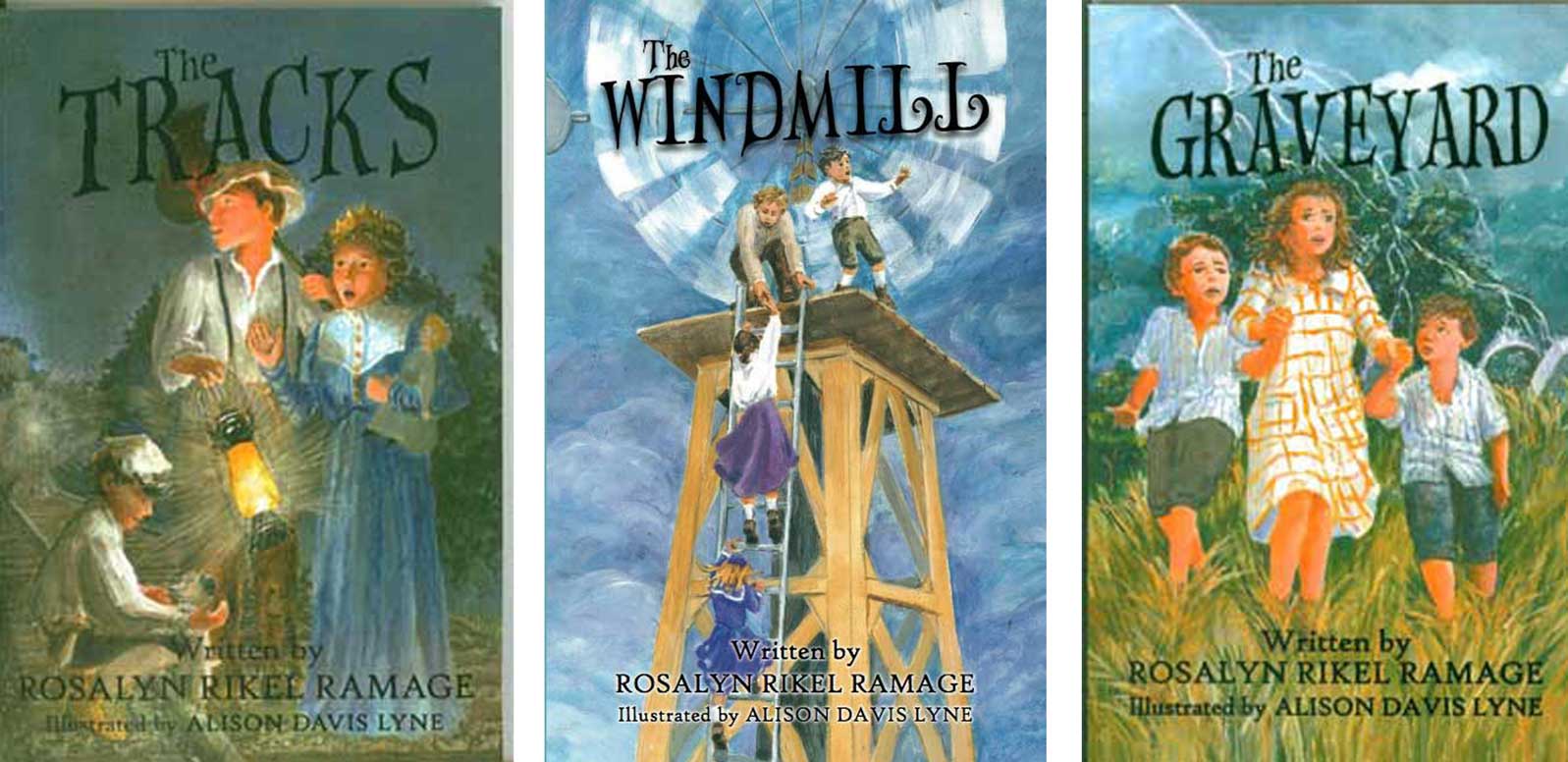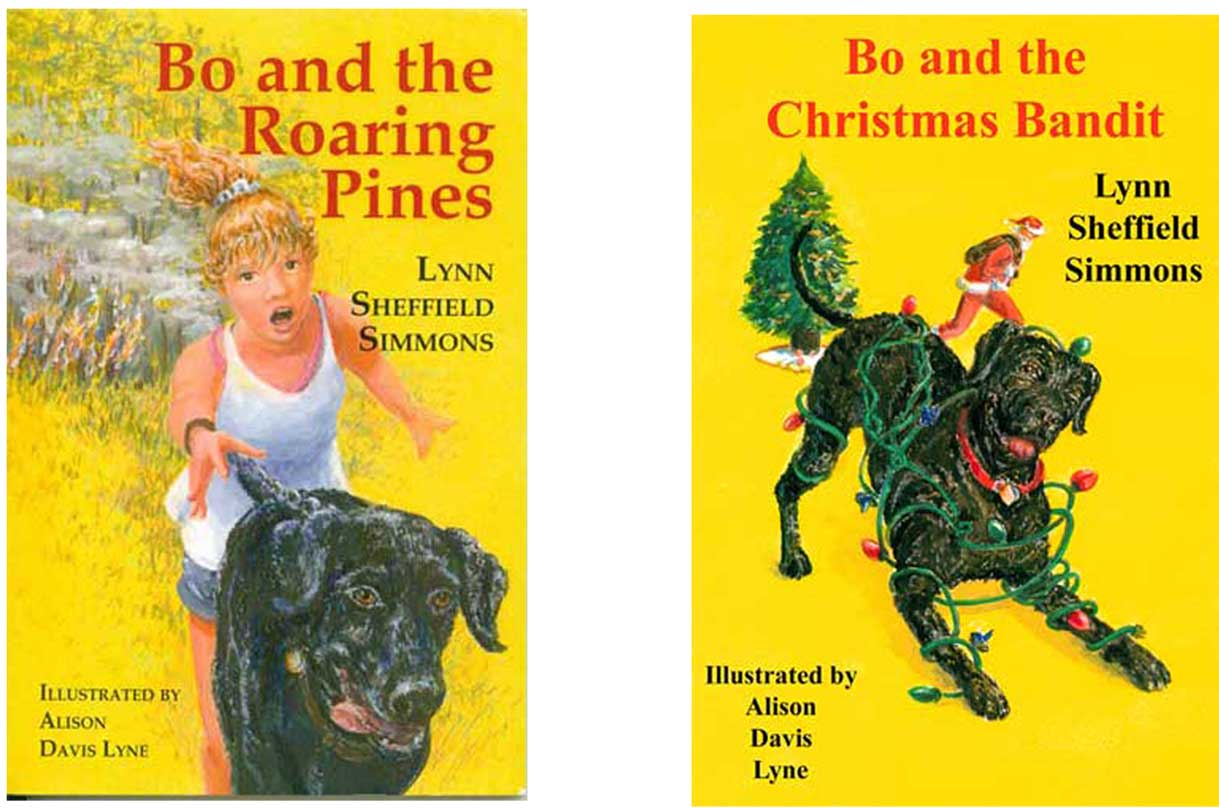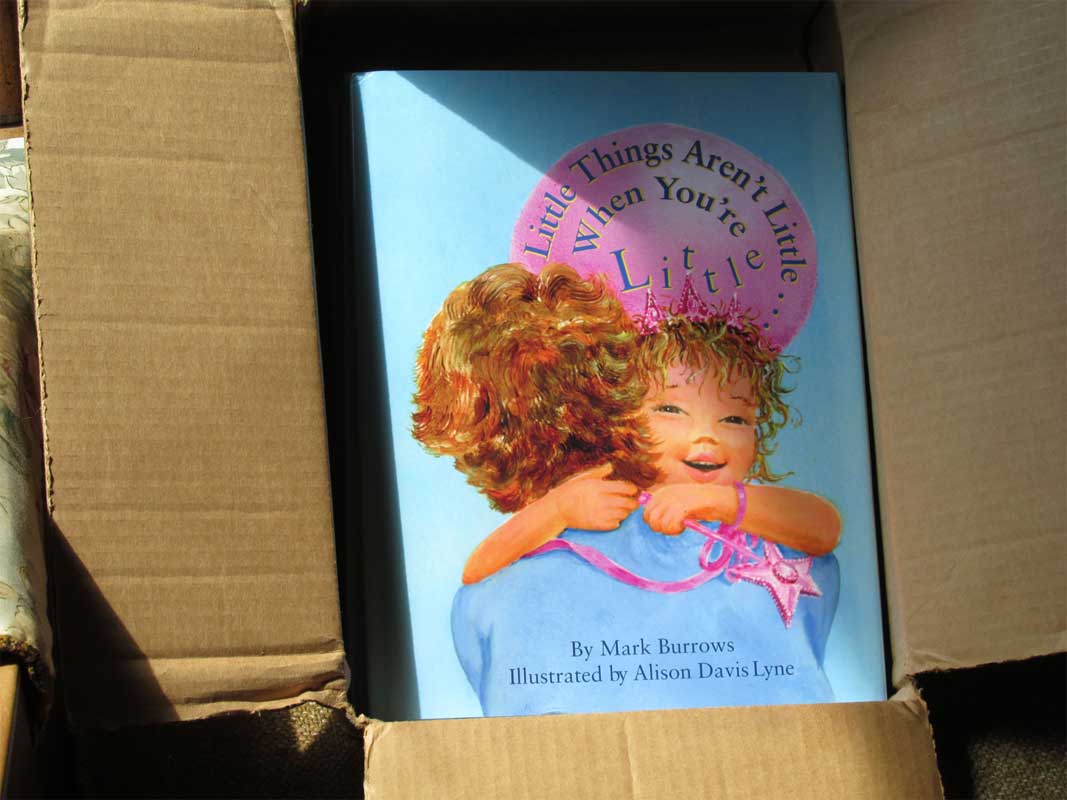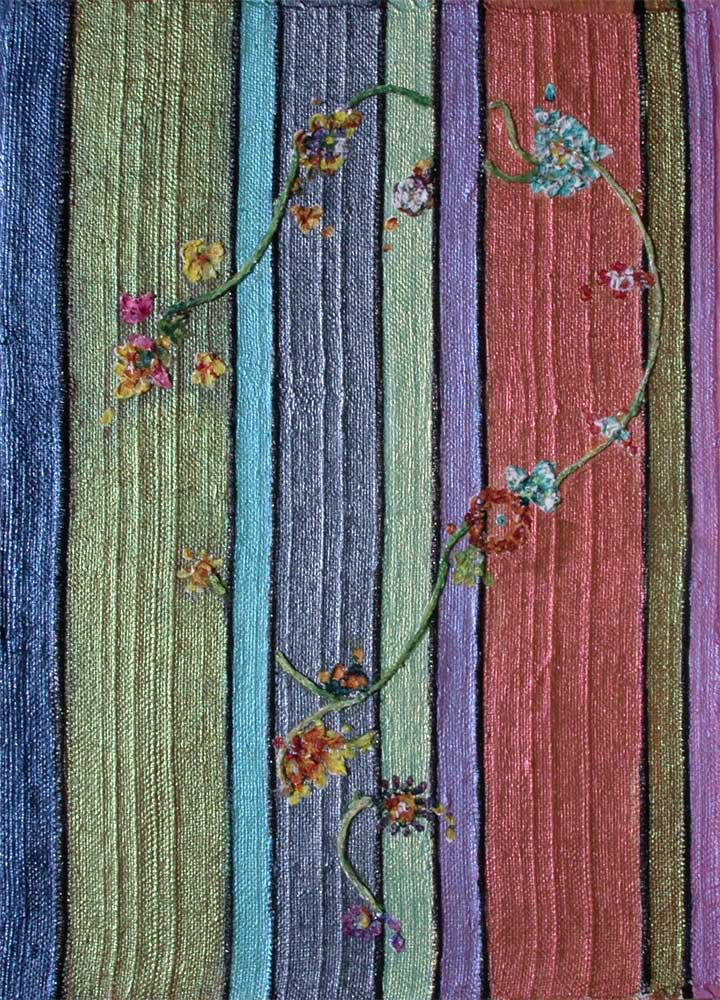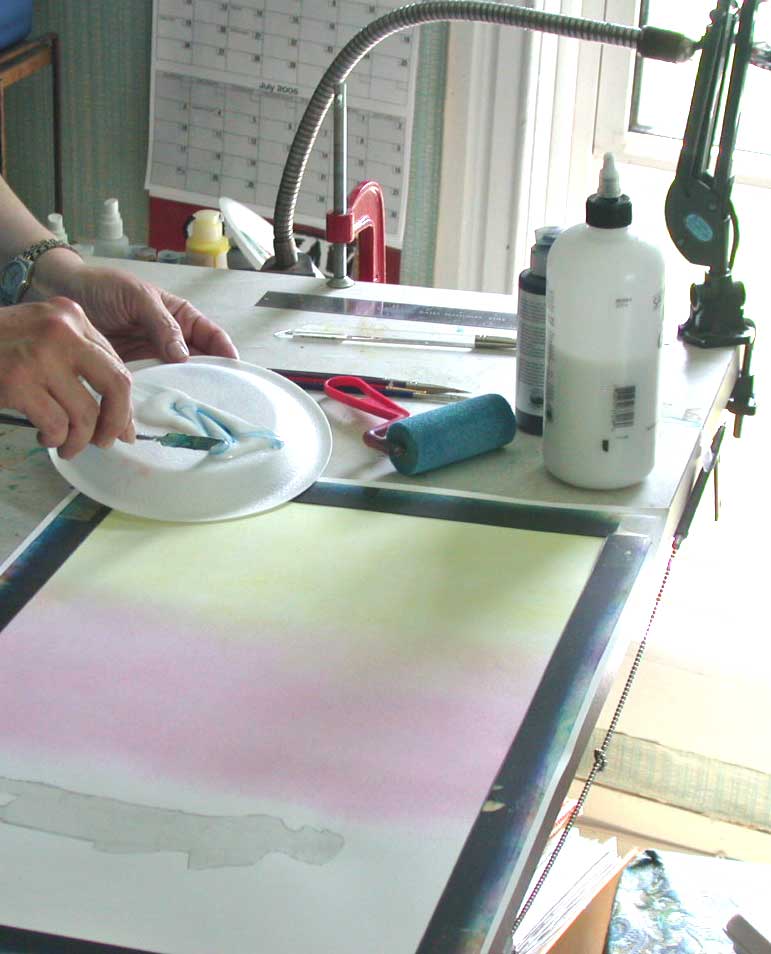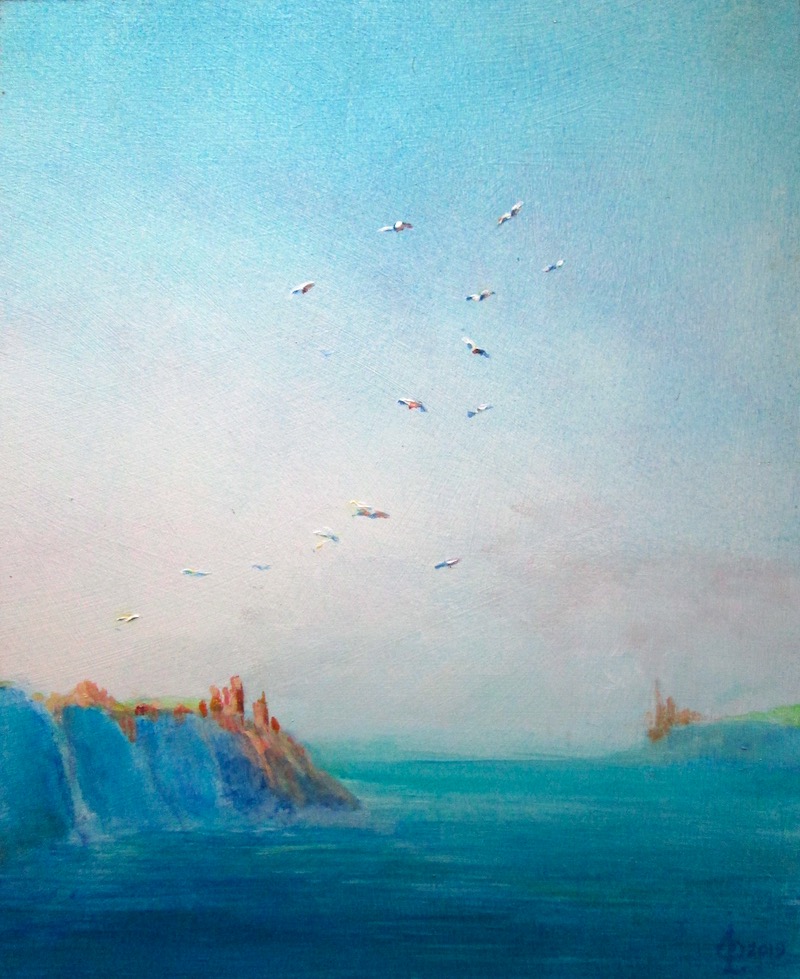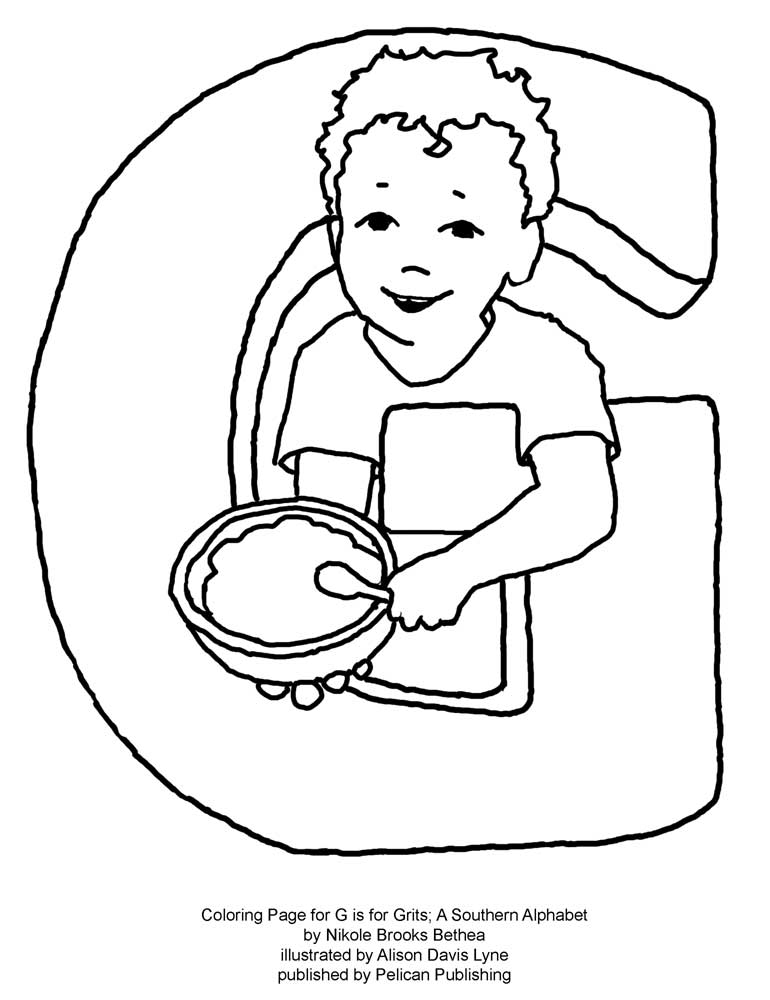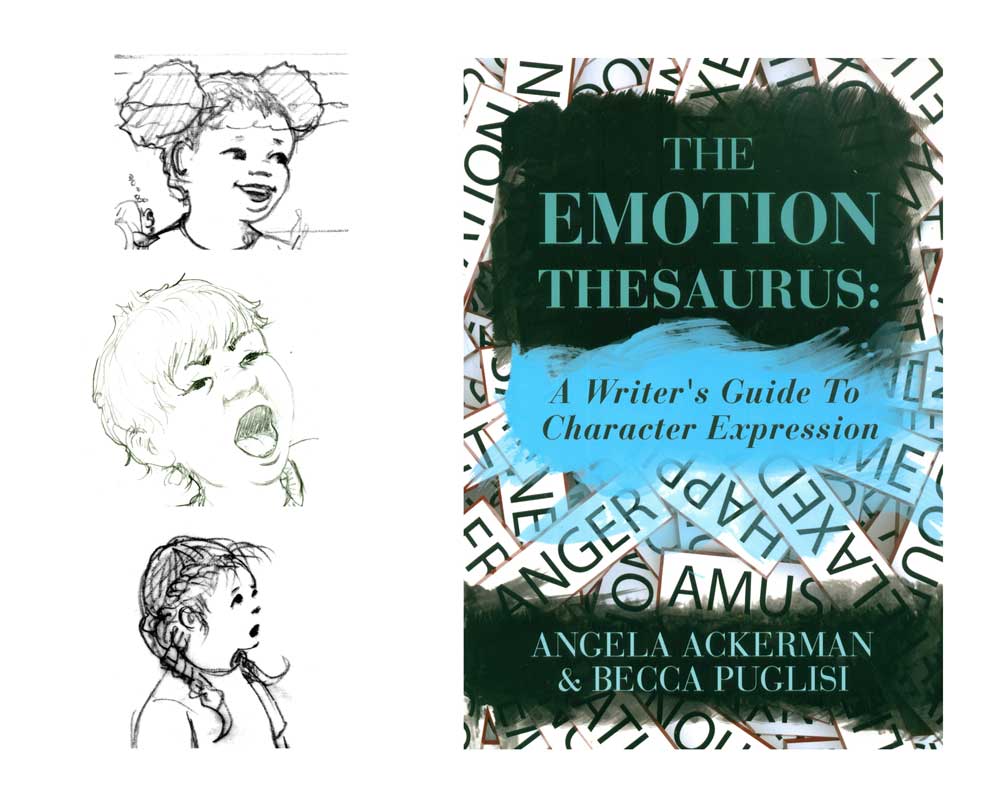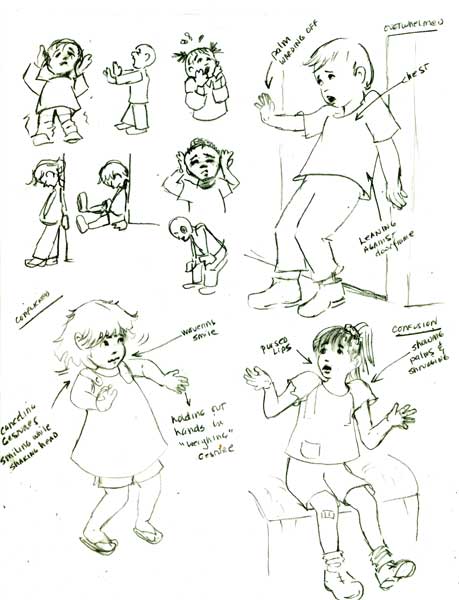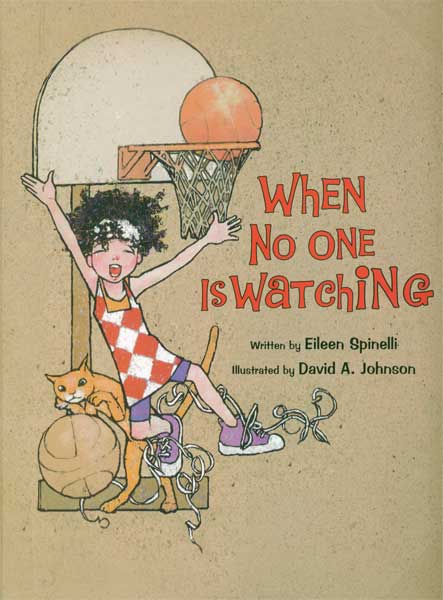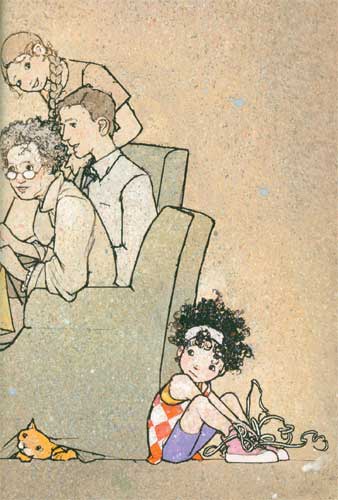It's All
About the Style! Whether it's colored pencil, acrylic or
watercolor.....it's your style that will make the artwork.
As an
illustrator, I am a “Jill of all mediums, mistress of none” to
para-phrase an old saying...Jack of all trades, master of none.
In other words, I try to learn about as many different media as I
can, so's I can use the best parts for my illustrations.
This has
made me a avid art technique collector. Much like a cook collects
food recipes, I collect art techniques.....try them out.....and then
use various parts of different techniques to “get the job done”
Church Gallery with Sparrows 8x10 colored pencil
This
colored pencil building “portrait” is a prime example of what
makes colored pencils SO popular. Colored pencils deliver bright,
intense controlled color, yet can be blended with just a
bit-o-pressure of the pencil strokes, and most importantly.....you
can use a ruler to get all those straight lines....well....straight!
Washington House Doorway 8x10 watercolor
Then
there is watercolor. It delivers glowing washes of color....with
graduations of colour that are quick and easy to attain, if you let
the water do it's natural “thing”. And even better, there is a
whole line of watercolor PENCILS.....so you can get those straight
lines needed for structures. Yet those very watercolor pencil lines
can themselves be moistened and blended!
Kentucky Provencal 18x24 Acrylic
And
finally, one of my favorites,... acrylic paints. Acrylic paints have
finally “matured”, in that they have been improved to the point
that they can mimic watercolours or oil paints, yet remain one of the
best mediums, IMHO,for rendering just about anything. This building
portrait was painted in a realistic style, with plenty of sunlight,
using both impasso (opaque layers of paint) and glazing (multiple
layer of transparent paint) techniques. And those straight
lines......were a fine brush laid alongside a ruler!
I firmly
believe that any artist's body of work reflects their own artistic
vision, no matter which medium (or how many or how mixed) you use to
make your artwork. And tho' I usually aim to sell my artwork, the
journey of learning and discovery in that painting, is a whole “end”
in and of itself!

